We may earn money or products from the companies mentioned in this post. This means if you click on the link and purchase the item, I will receive a small commission at no extra cost to you ... you're just helping re-supply our family's travel fund.

Crowds leave traces on a shoreline even after they are gone. Rusty railings, faded snack stands, and old postcards hint at summers when towels touched and laughter carried over the surf. Many American beaches that once felt essential now sit eerily quiet. Storm damage, pollution, shifting sand, changing safety concerns, and new travel habits have pulled visitors away. What remains is a mix of beauty and absence, where waves keep rolling in while the human soundtrack has turned down to a murmur.
Cape Lookout, North Carolina
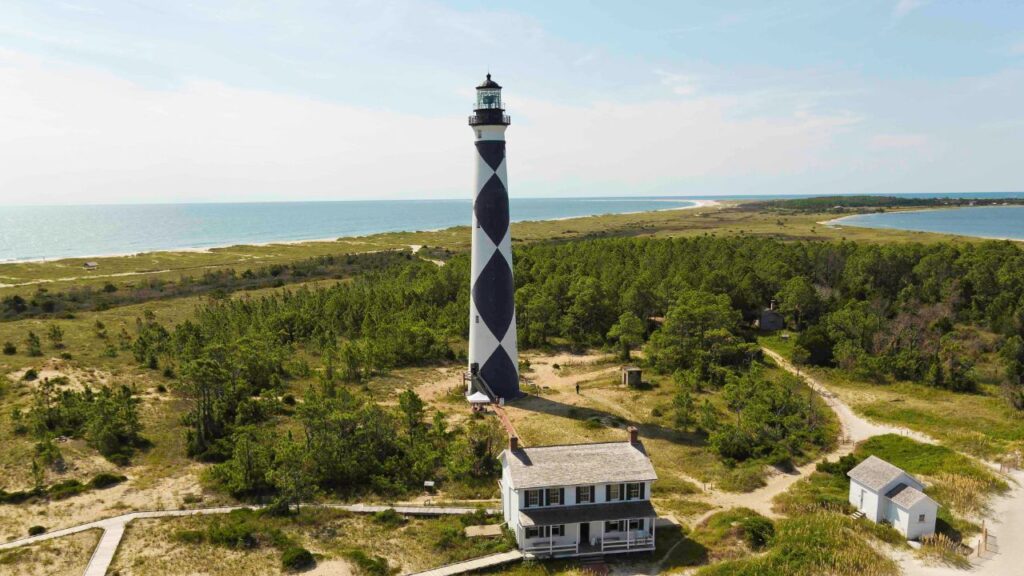
Cape Lookout National Seashore once felt like a shared secret, busy enough that ferries arrived full of families, anglers, and campers chasing a simple day at the edge of the Atlantic. Repeated hurricanes, shifting sandbars, and difficult navigation made access harder and upgrades more expensive. Visitor numbers slipped as infrastructure lagged and storms kept rewriting the map. Now long stretches of beach sit almost empty, with seabirds and wind replacing the steady churn of coolers and umbrellas.
Bombay Beach, California
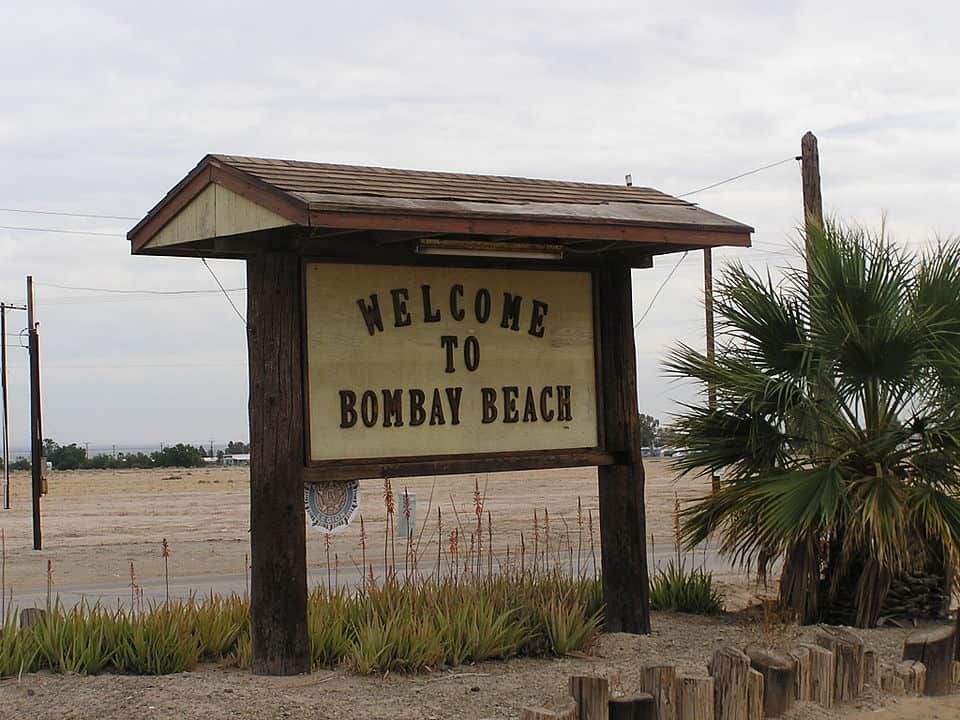
Bombay Beach on the Salton Sea used to sell a scrappy kind of resort fantasy, with boat ramps, small marinas, and tract houses ready for weekend crowds from Southern California. Agricultural runoff and rising salinity turned the water harsh, fish kills piled along the shore, and a sharp smell chased away swimmers and boaters. Property values collapsed and many residents left. Artists and photographers now wander through decaying trailers and salt crusts, chasing strange beauty where family vacations once unfolded.
Galveston’s East Beach, Texas
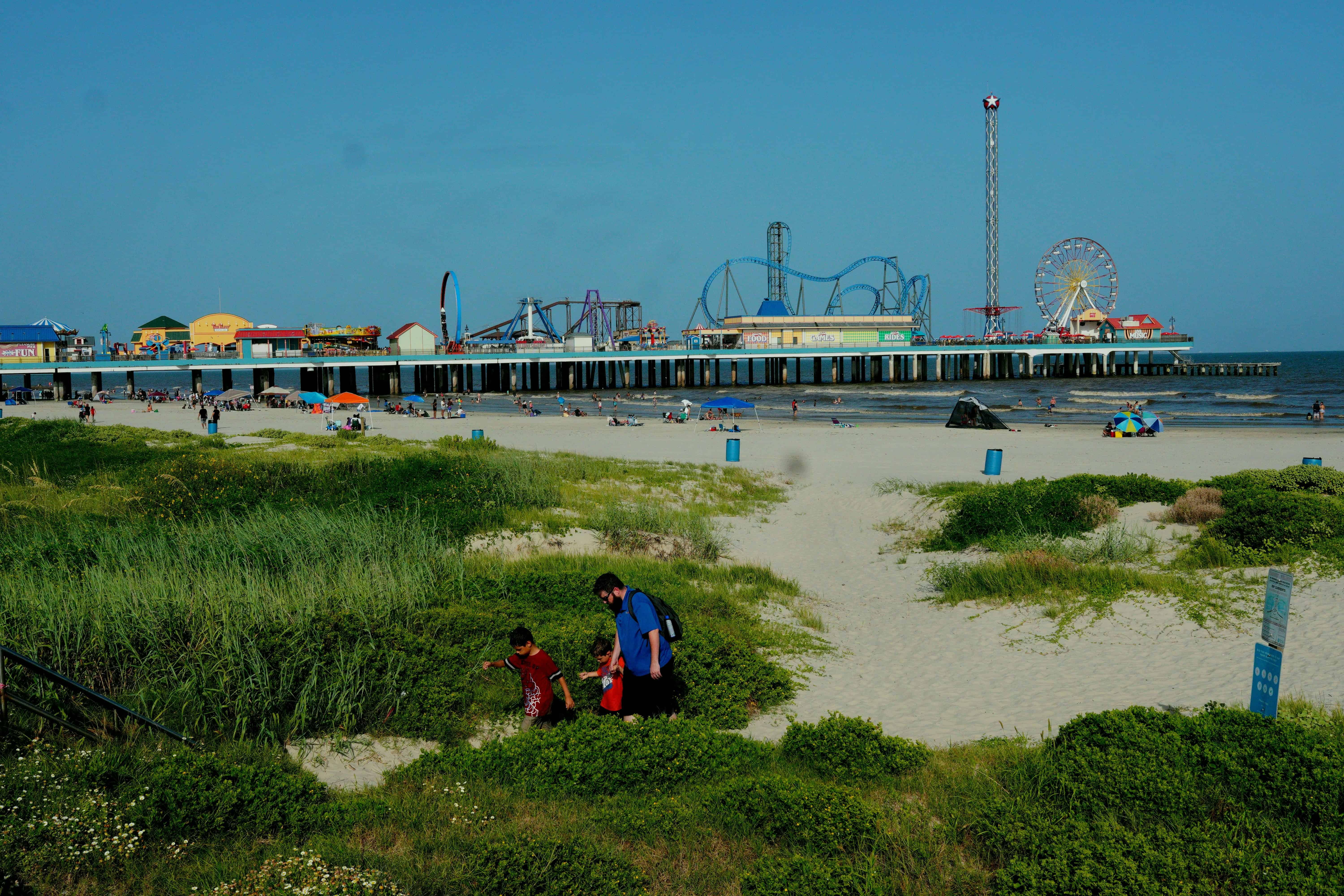
East Beach in Galveston built its reputation on energy, with big festivals, concerts, and summer events stacked across the calendar. Years of erosion, storm damage, and expensive nourishment projects made it difficult to maintain the same level of activity. Some large gatherings shifted locations or folded entirely, taking vendors and regulars with them. On many days the sand feels surprisingly open, with only scattered groups spread across a shoreline that used to feel like one long party under the Gulf sun.
Gilgo Beach, New York

Gilgo Beach on Long Island was once known mainly for surfers, fishing families, and simple weekend crowds that filled the small parking lots early. The discovery of multiple homicide victims along the nearby parkway dunes changed that image overnight, turning the area into a crime backdrop on national news. Even after years of investigation, the association lingers in public memory. The ocean and sand look the same, but quieter lots and thinner crowds show how fragile a beach’s reputation can be.
Venice Beach, California

Venice Beach spent decades as a symbol of constant motion, with packed boardwalks, street performers, skaters, and vendors competing for attention in the sun. Rising concerns about safety, visible homelessness, and uneven upkeep have nudged many casual visitors toward other Los Angeles beaches. Some souvenir stalls sit empty, and stretches of pavement feel more spaced out than photos from peak years suggest. The creative spirit is still there, but quieter gaps between people tell a new story about the shoreline.
Ocean Beach, Maryland
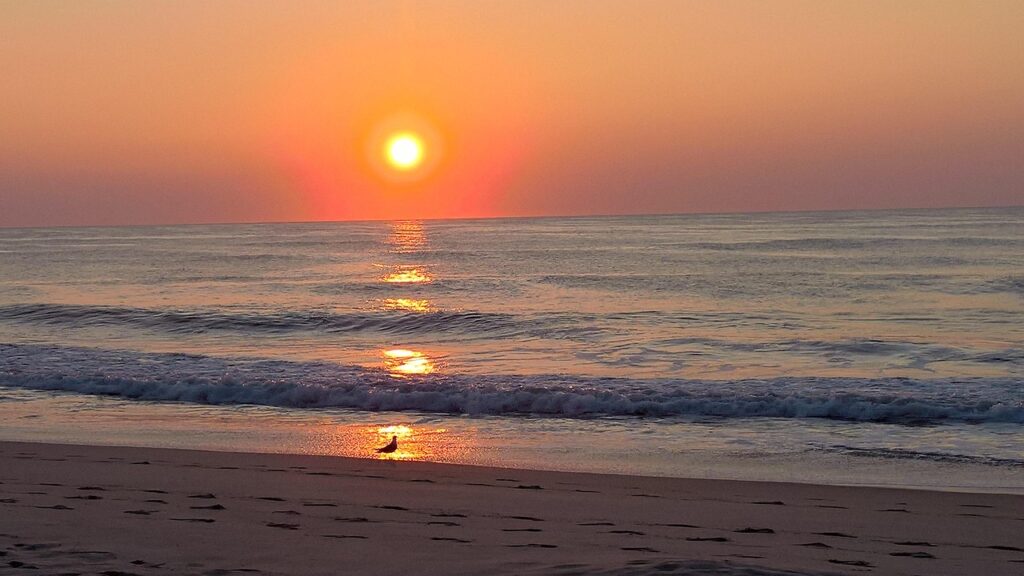
Ocean Beach once drew families from nearby cities who wanted something smaller and less built up than the brighter boardwalk towns. Erosion and higher storm tides ate away at the shoreline, damaging walkways and undermining small motels and rental houses. Rebuilding never quite kept pace with the water, and the town struggled to market a beach that seemed to shrink with each rough season. Today the sand often feels underused, with a few walkers sharing views that now look precarious.
Waikiki’s Gray Beach, Hawaii
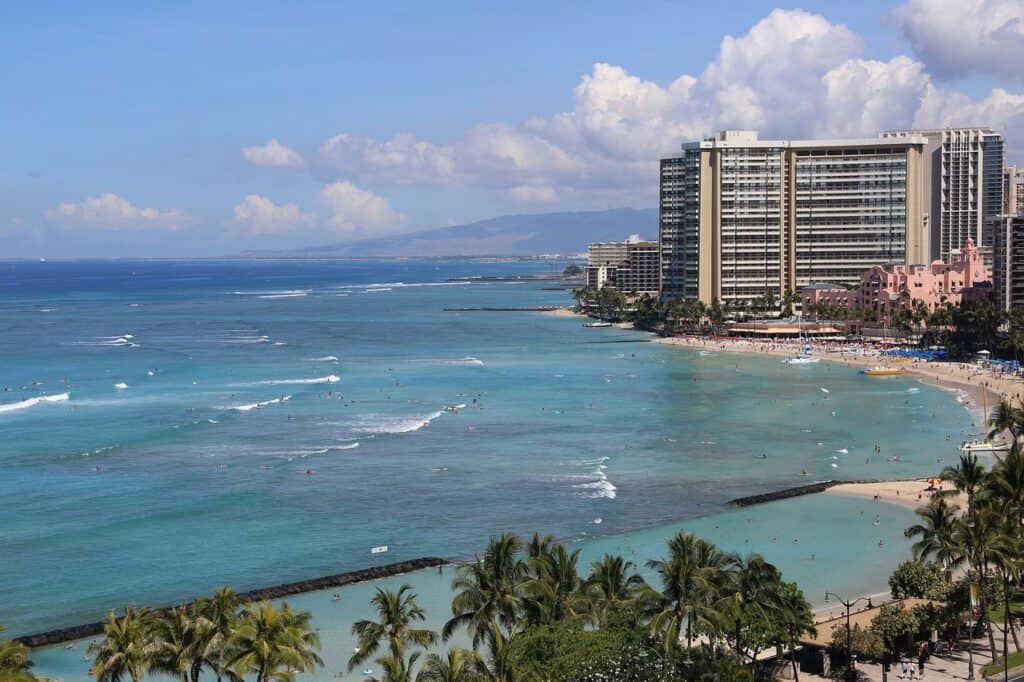
Gray Beach sat tucked between hotels in Waikiki, a slim strip that still managed to attract loungers and swimmers who liked the central location. Years of engineering, seawalls, and wave patterns gradually pulled the sand away, leaving a narrow or submerged edge that depends heavily on nourishment. Most visitors drift to other segments of Waikiki where the beach feels wider and easier to access. The water remains appealing, but the once busy patch now feels almost like a side note.
Coney Island, New York

Coney Island’s beach used to look like a living postcard, with shoulder to shoulder umbrellas, packed changing areas, and long lines for snacks after a swim. Shifting work patterns, new attractions across the region, and rising costs changed who makes the trip to that corner of Brooklyn. The rides still run on summer days, yet there are more off hours when the sand shows wide open gaps. On those quieter afternoons, the scene feels less like a carnival and more like a memory.
Daytona Beach, Florida
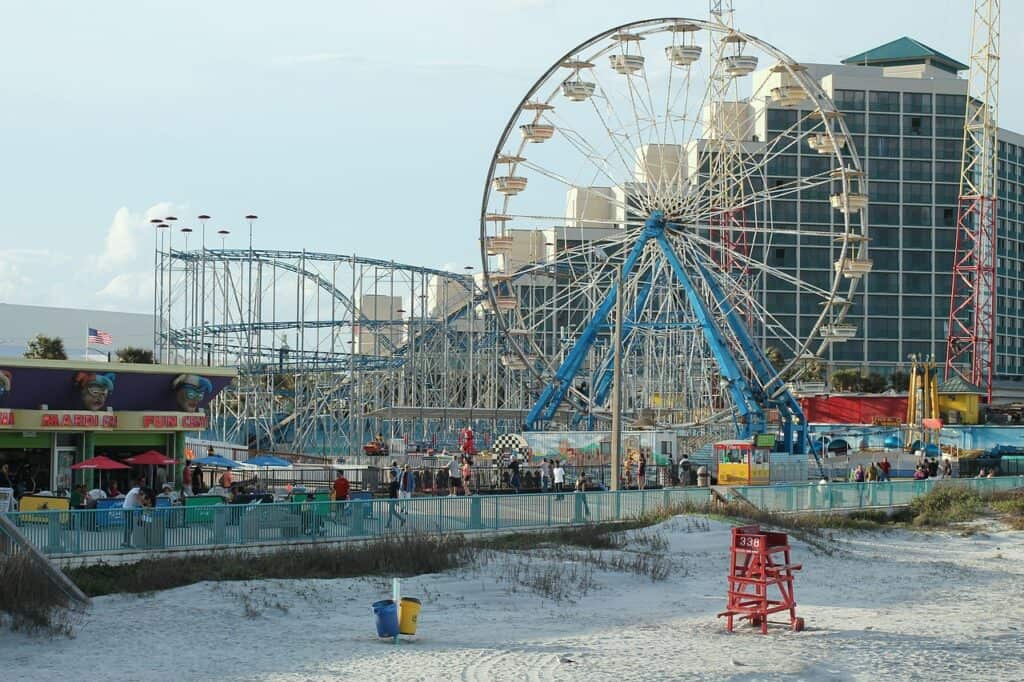
Daytona Beach thrived on spectacle, with cars once allowed on the sand, spring break scenes grabbing headlines, and racing weekends filling hotel balconies. Environmental rules tightened, hurricanes battered oceanfront structures, and newer party destinations pulled younger travelers elsewhere. Some older properties never fully recovered or modernized. Outside of major events, portions of the beach feel surprisingly calm given its reputation, with retirees, joggers, and small groups standing where dense crowds and loud music once defined the shoreline.
Dauphin Island Beach, Alabama

Dauphin Island used to offer an easy Gulf Coast escape, with modest rentals, a friendly main drag, and a broad beach that drew steady summer traffic. Repeated hurricanes and strong surges chewed away at dunes, toppled houses, and fragmented roads, forcing expensive retreats from the most exposed sections. As rebuilding slowed and insurance costs climbed, some owners left or scaled back their plans. The remaining beach often feels almost private, beautiful but edged with the sense that nature has the upper hand.
Washaway Beach, Washington
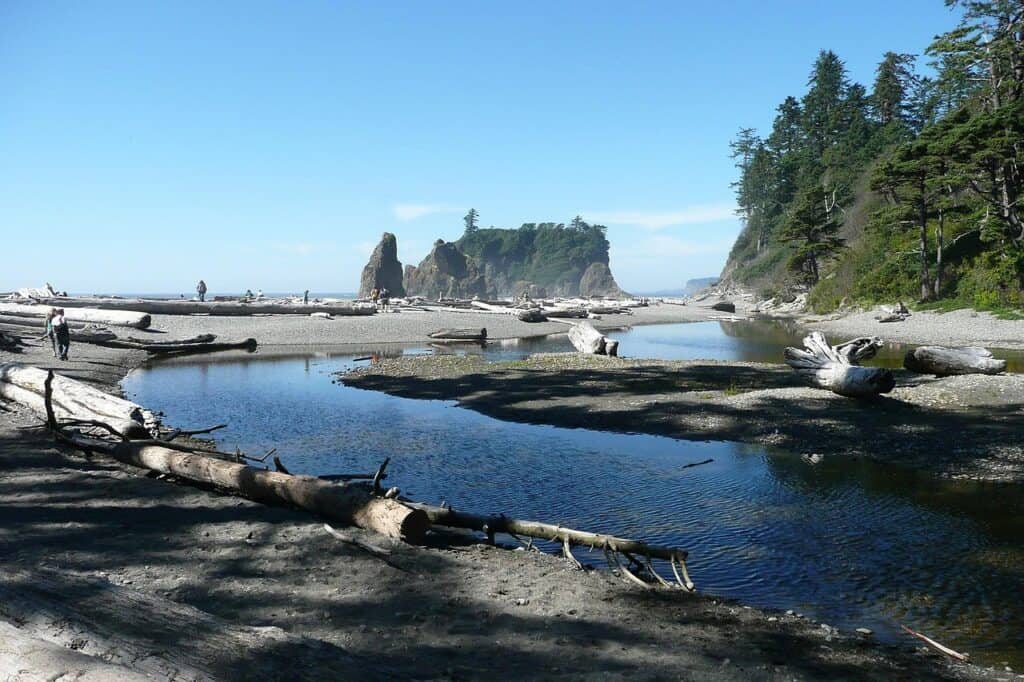
North Cove’s Washaway Beach became famous for how quickly the Pacific Ocean reclaimed it, eating away hundreds of feet of shoreline within a single generation. Homes, roads, and even parts of public facilities disappeared into the surf, leaving behind unstable bluffs and warning signs. With so much of the original community gone, few day trippers come for a typical beach outing. Those who walk the remaining sand see scattered remnants of foundations and look directly at a coastline in retreat.
Quiet Shores And Fading Echoes

Deserted beaches can feel gentle, but their silence often carries the weight of storms, missteps, and shifting priorities. Each quieter shore tells a local story about changing water quality, safety, insurance, access, or simple taste. Some communities lean into restoration and wildlife, while others chase a new brand of tourism or accept a smaller role in regional travel maps. The waves do not care either way, but the people nearby still live with the echoes of summers that once felt endless.